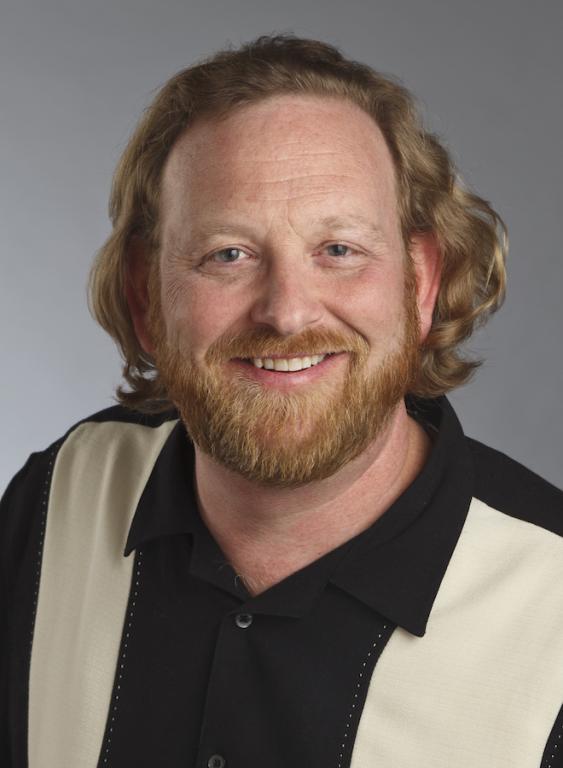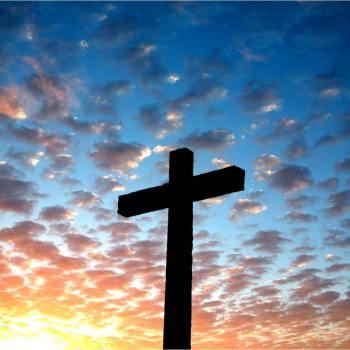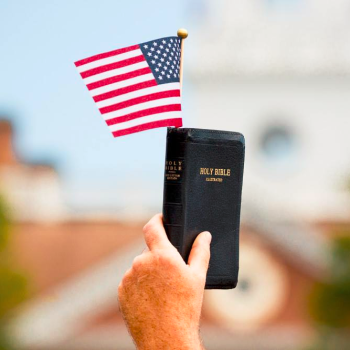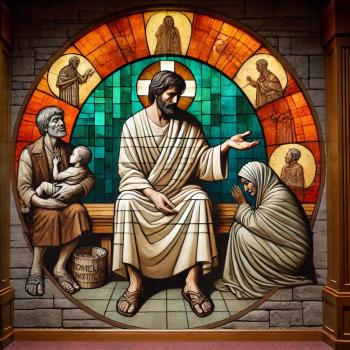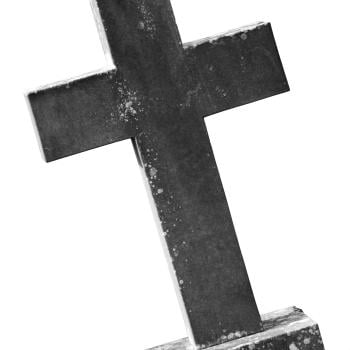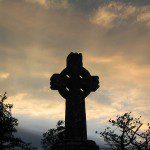The idea of a New Year’s Eve service actually is much older than Freedom’s Eve of Watch Night, and in fact finds its roots in the Moravian Church and a 1733 New Year’s Eve service held in Germany.
Always one to adopt a good idea, John Wesley incorporated the service into his denomination. Some Methodists continue to hold monthly evening services, known as “Covenant Renewal Services.”
Now we watch and wait. Wait for the new year and wait for justice denied.
Some Americans have waited a very long time for justice, justice that still hasn’t come.
We watch for justice in a nation that seems more racist and destructive than ever before. While black people are no longer dragged out of their homes and lynched in the dark of night, unarmed, they are gunned down in their own yards, or murdered on city streets. Or on playgrounds.
And so we wait, and watch for justice. We wait for those in the dominant culture to recognize their privilege and their responsibility.
We watch for the new year, and pray for the unarmed, innocent victims of last year, of this year, and of the year to come.


